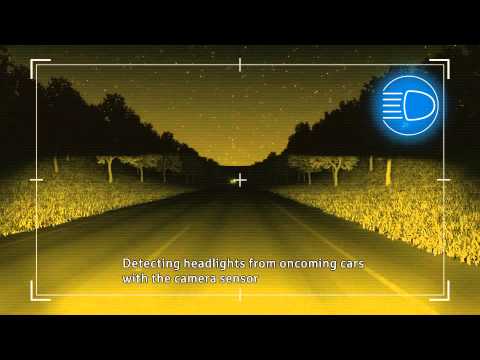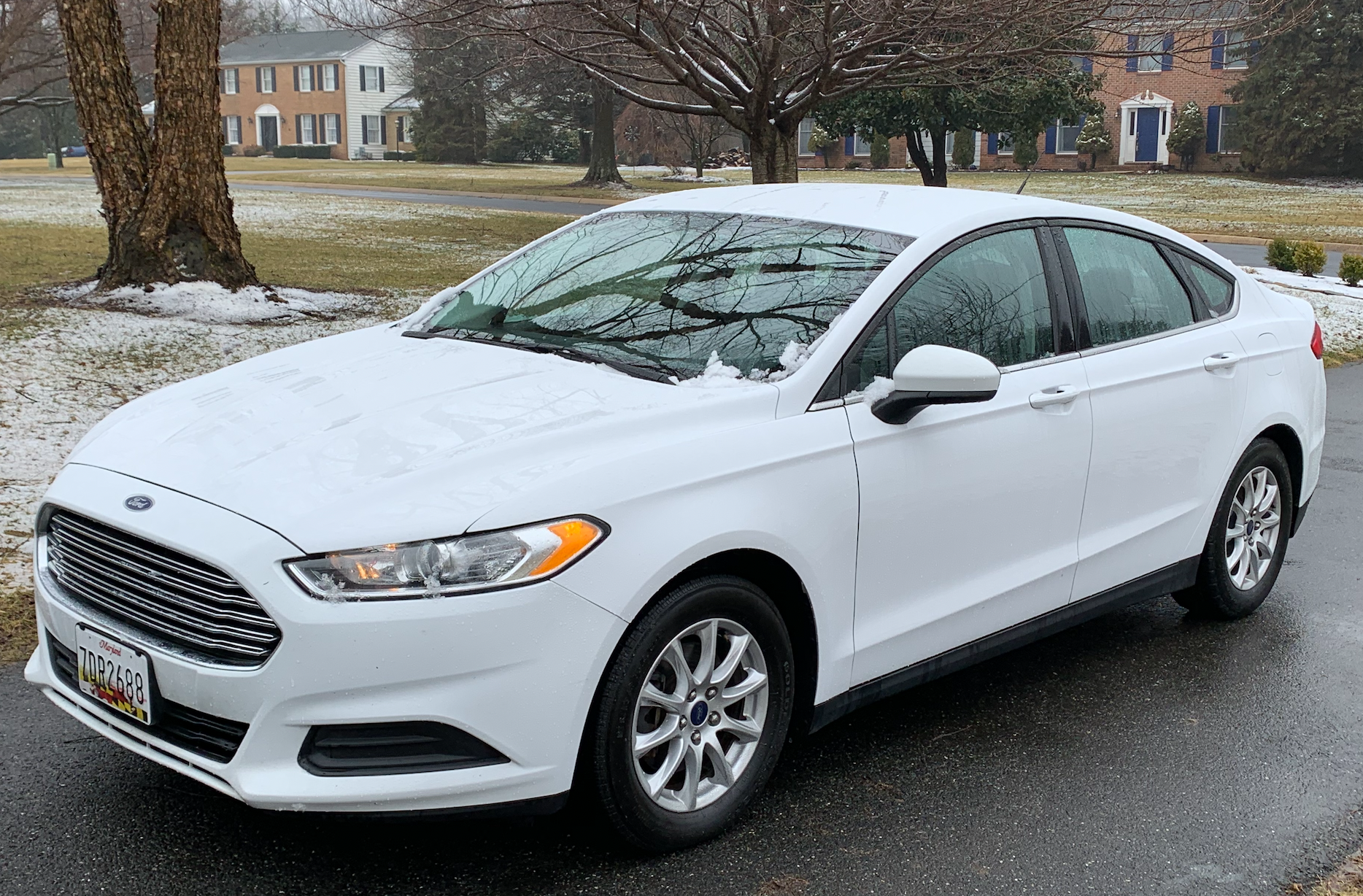Auto High Beams, does your teen driver really need them?
Hey moms and dads today we are discussing a car feature that may pop up in your car searches called auto-dimming headlights. On the Rookie Rides website, we do include this as an option you can search for because technically it is a safety feature. It’s a pretty basic one, and it just turns the high beams on and off automatically if it senses oncoming traffic.
A sensor in the instrument panel detects the change in environment and activates the vehicle’s high or low beams, appropriately. The sensor will sense headlights, or the presence of taillights or vehicles, and adjust to low beams. Once the trigger is gone, headlights are automatically returned to high beams.

Is this a truly life-saving feature? Certainly not, but it is one less thing your teen must be concerned about when driving at night. And speaking of night-time driving, according to the numbers, 40% of fatal crashes occur between 9pm and 5am for teen drivers. In 2019, 40% of motor vehicle crash deaths among teens aged 13–19 happened between 9 pm and 6 am, and 52% happened on Friday, Saturday, or Sunday. Could auto-dimming headlights reduce these numbers? It’s hard to say.
Headlight technology is about to change in a big way based on provisions in Joe Biden’s infrastructure bill that was passed in February 2022. This bill allowed the National Highway Traffic Safety Administration (NHTSA) to give US automakers the go-ahead to begin installing adaptive headlights on new vehicles. The US is over a decade behind other countries’ approval of this technology. European cars sold in Europe (not here in the US) have had far superior LED headlight technology which will turn off or dim parts of the headlight automatically when an oncoming car is approaching. You won’t need to do anything, and it won’t even be a high beam low beam switch, one headlight will simply get dimmer in relation to oncoming cars. That technology is called “ADL” for Auto Dimming Light.
ADL is an adaptive feature that adjusts between high and low-beam headlights, in response to driving conditions. This allows the driver to focus on the road ahead. ADL is able to respond to changes: nighttime, entering an enclosure such as a parking garage, or overcast conditions.
No technology is free, and this one is a bit pricey. In a recent AAA evaluation, the ADL headlights on new vehicles ranged from $3,400 to $6,600 more than standard headlights. Aftermarket is considerably more reasonable at $1000 but has not proven to perform to the quality of the factory-installed versions. Certainly a costly safety upgrade, but research says it’s worth it. Insurance companies report a 5-10% reduction in nighttime fatalities.
Turning the auto-dimming feature on and off is a relatively simple process in the various automakers’ versions. When shopping for your teen’s first car, the best you are going to be able to find will be an auto on or off high beam feature in some cars as these new European headlights will take some time to make it into cars sold in the US. In conclusion, equipping your teen driver’s car with auto high beams can be a great way to improve safety on the road and make the driving experience more comfortable. However, it’s important to weigh the pros and cons and make the decision that is best for your child and your family.

 Back to Teach Me
Back to Teach Me





